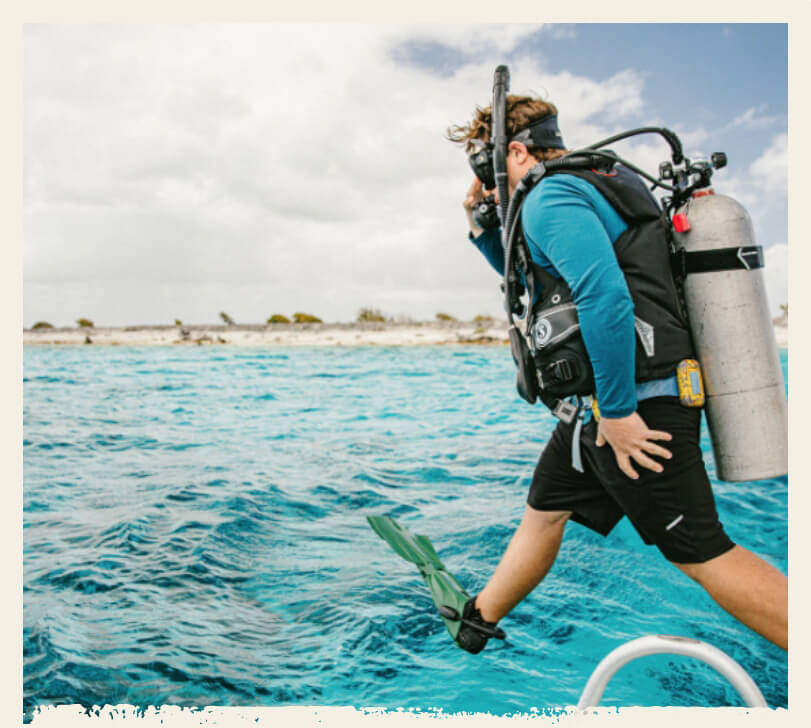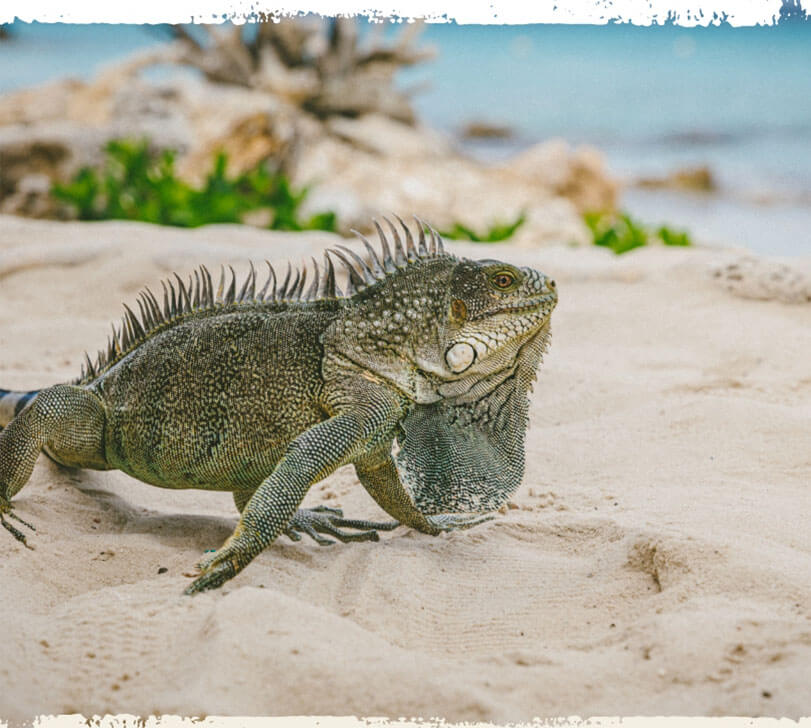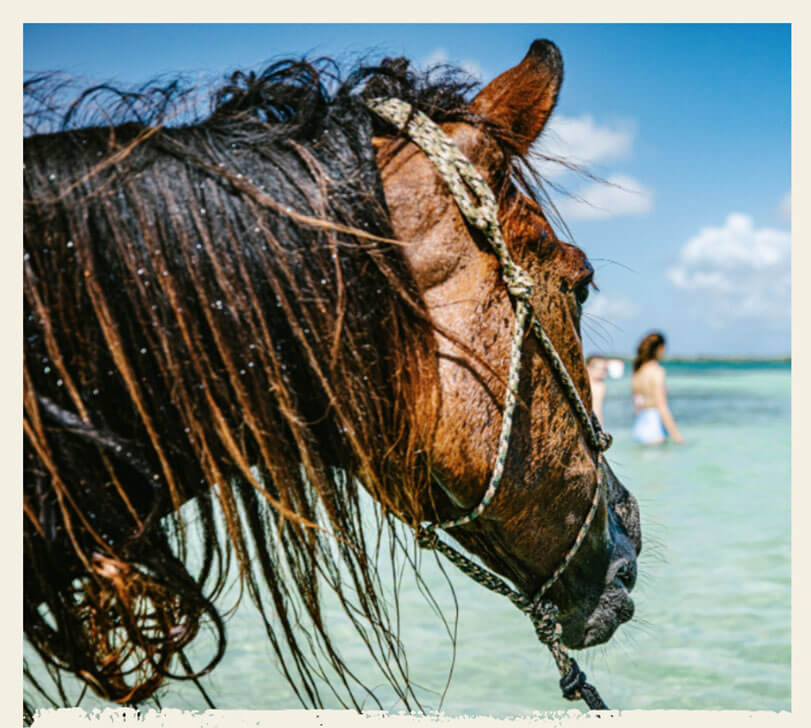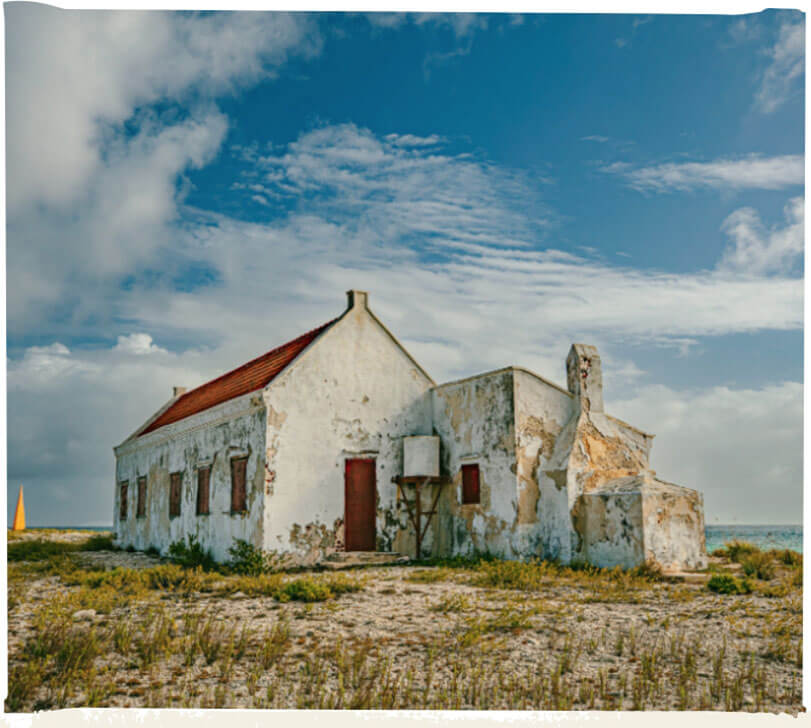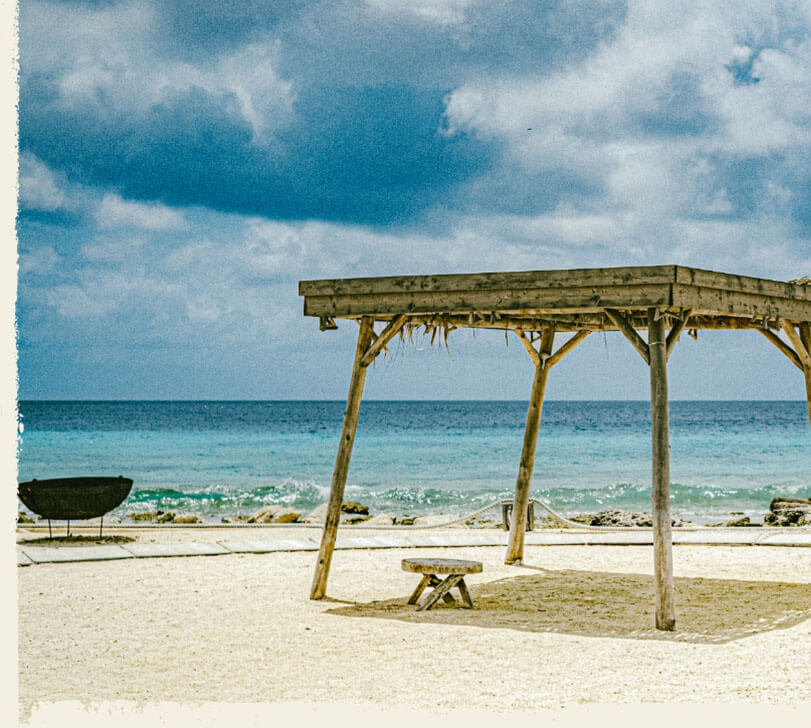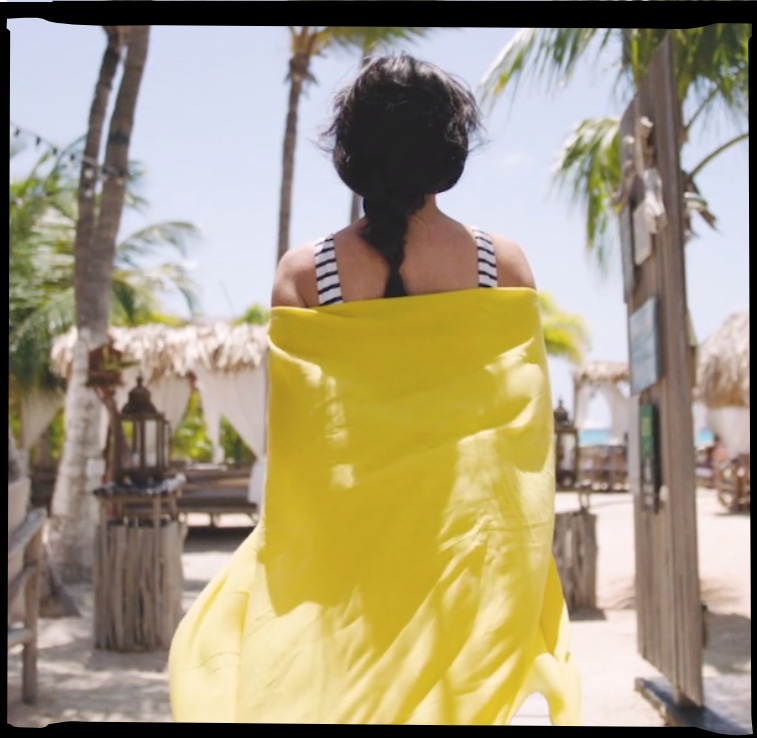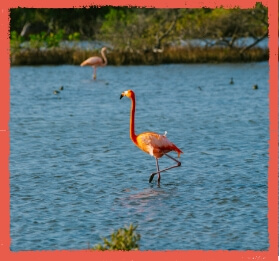
The Caribbean's
Untouched Gem
Bonaire is a place unlike any other. Here, less is more. The air we breathe is pure. The only sound for miles is palm leaves rustling in the tradewinds, and our people radiate warmth like the sun in our idyllic blue skies.
Here Mother Nature and Human nature live in harmony. We nourish our island and it returns the favor. And while we’re fiercely protective, we can’t help but invite you to explore our shores.
Why?
It’s in our nature.
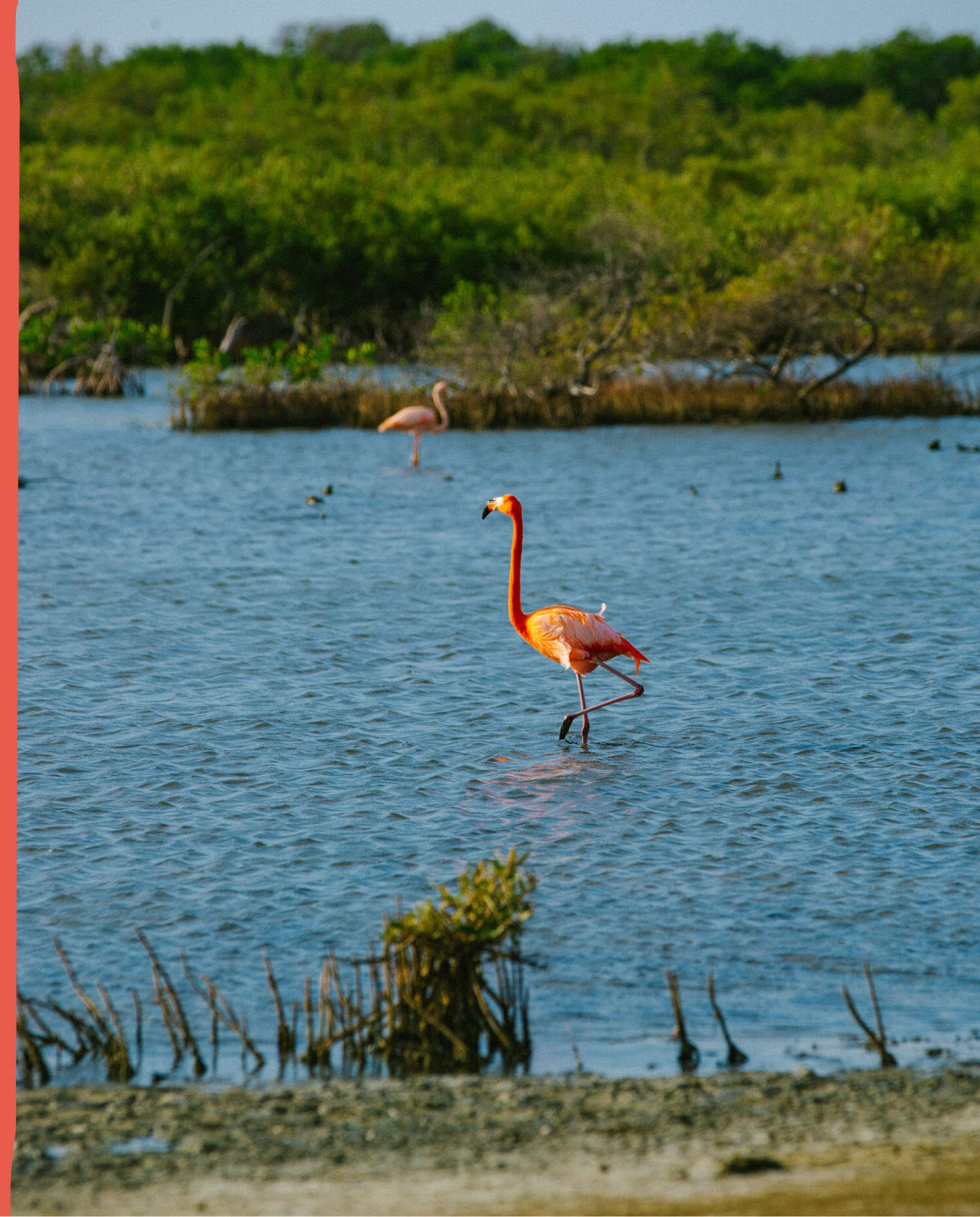
Bonaire Activities
Experience the Unseen
How to Get to Bonaire
Come for a Visit
You’ll feel Bonaire’s gentle magic the moment you land at Bonaire’s International Airport (Flamingo Airport).
Local and international airlines including American, Delta, Divi Divi, EZ, KLM, Sky High, TUI and United offer direct flights from many locations across Europe, the Americas, and the Caribbean. Bonaire also happily welcomes ships and visitors from the world’s most popular cruise lines.
Visitor Entry Tax
Effective July 1st
Effective July 1, visitors to Bonaire will be required to pay a tourist entry tax of $75 per person, per visit. The funds from the tourist tax are invested to support education, infrastructure, tourism development and sustainability initiatives on the island.
Pay Entry TaxThe Visitor Entry Tax is a replacement of what was formerly known as the island’s ‘room tax’ and rental ‘car tax’. Non-residents 13 years and older are required to pay the Visitor Entry Tax of USD 75 per person per visit. Non-residents 12 years and under, and residents of the former Netherlands Antilles are required to pay the Visitor Entry Tax of USD 10 per person per visit.
The Visitor Entry Tax is a mandatory payment for all non-residents visiting Bonaire.
The Visitor Entry Tax will go into effect on July 1st, 2022.
The Visitor Entry Tax can be collected online through credit card payment or upon arrival at Bonaire International Airport (Flamingo Airport) through debit card, credit card or maestro payment.
The Nature Fee is not included in the Visitor Entry Tax. Visitors and non-residents who want to make use of Bonaire’s Marine Park for Scuba Diving and or other (marine) park activities, are required to purchase a Nature Fee. For additional information about Nature Fee or to purchase a Nature Fee, please visit https://stinapa.bonairenaturefee.org/.
Yes. Visitors that pre-paid the ‘room tax’ or rental ‘car tax’ after July 1st, should ask the hotel or car rental company for a refund of the tax paid after July 1st, 2022.
The online platform for the Visitor Entry Tax will be available end-June 2022. When it is available, the Tourism Corporation Bonaire and its stakeholders will share this information with all partners.
Bonaire residents traveling back to Bonaire are ought to show a valid Bonaire I.D. (sedula) upon arrival at the Bonaire International Airport (Flamingo Airport). Or can provide tangible proof of a sedula in process.
Upon arrival, you can pay your Visitor Entry Tax with a debit card, credit card, or maestro. As a friendly reminder, set your debit card and/or maestro to work internationally.
The Visitor Entry Tax is a mandatory payment per person per visit.
Discovery Awaits
Stay connected from afar by signing up for our newsletter

